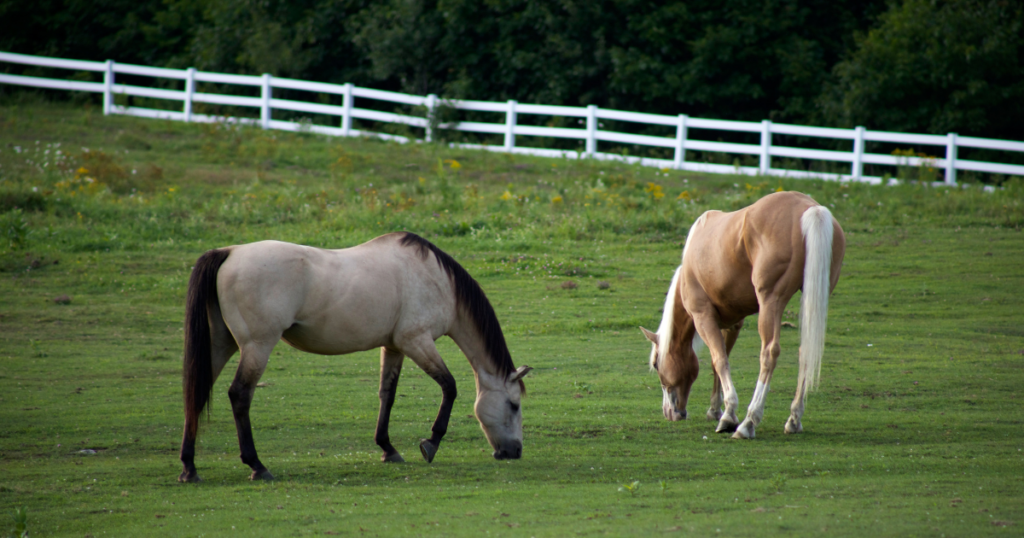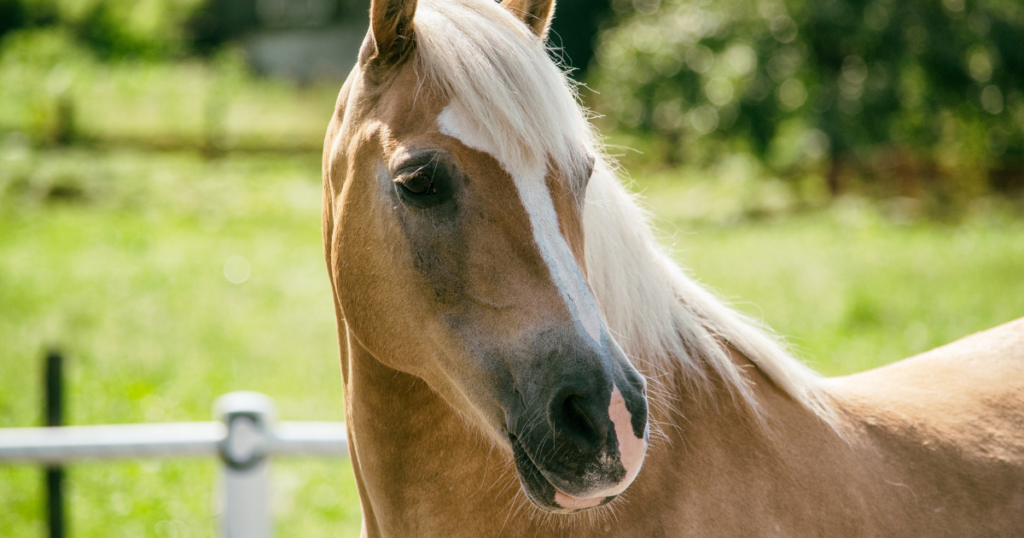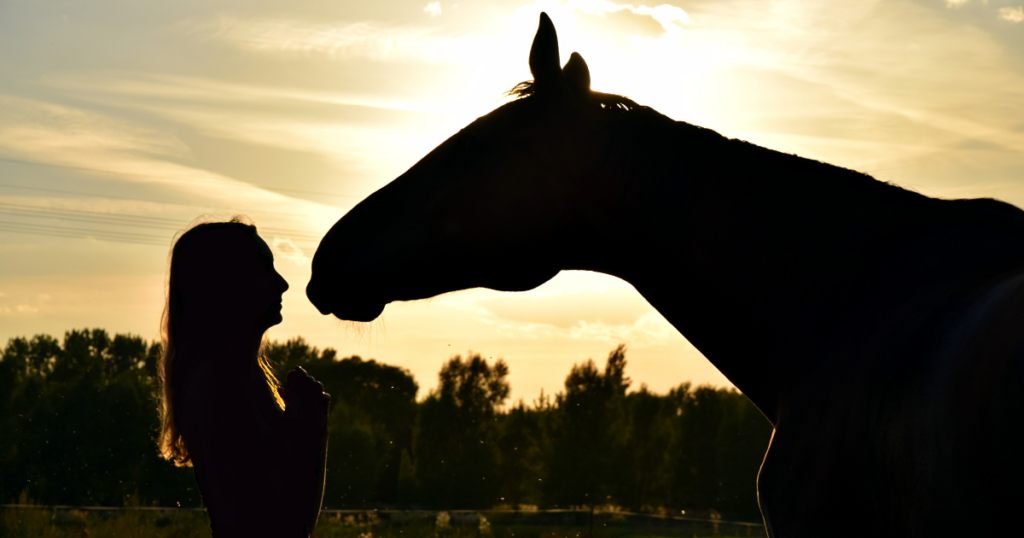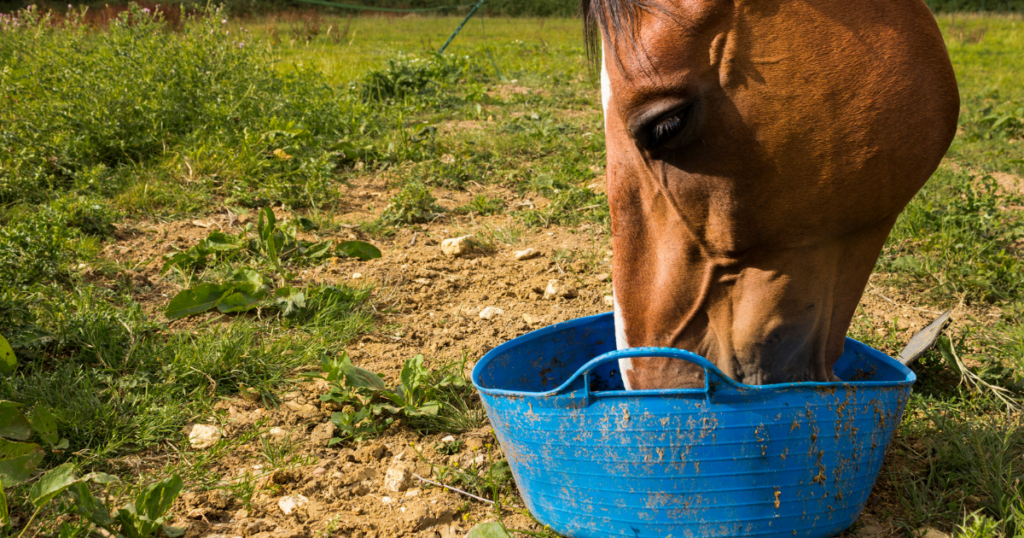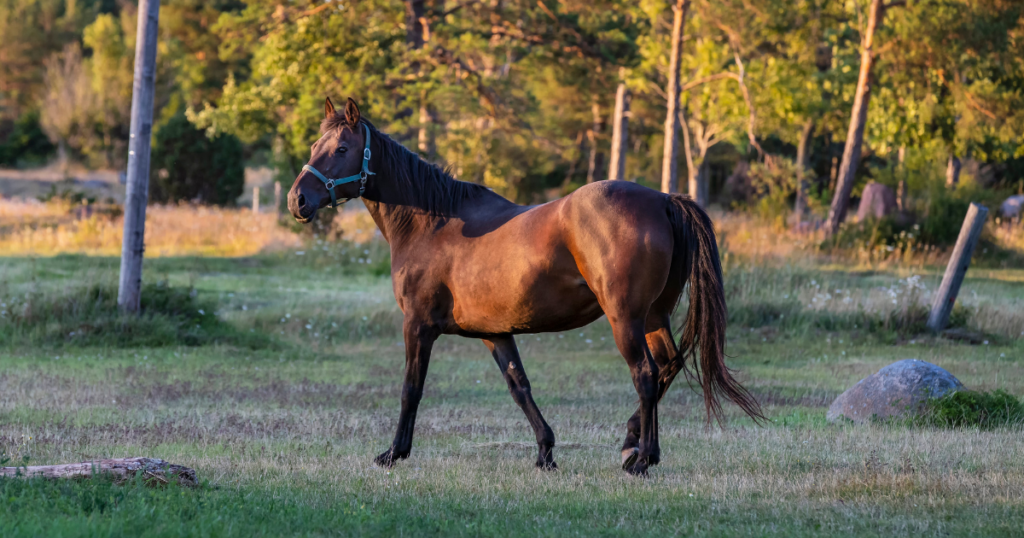Keeping Your Backyard Horse Fighting Fit
by Nikki Alvin-Smith
Just because you keep your horse in the backyard doesn’t mean he, or you, are second rate equestrian citizens or equine caregivers. In fact, the horse you see every day because let’s face it, you have to care for him, is actually likely to be better monitored and understood than certain others. That being said, professionals rely on their equines to provide an income. Either through progression of training for sale or competition, or for horse breeding activities or a lesson program. Which is perhaps why they know that keeping horses in their charge fighting fit, is important. Let’s look at how everyone can achieve that goal.
Size Doesn’t Matter
It’s not about being an amateur rider or being a professional trainer or competitor. Obviously for the latter their idea of a backyard venue maybe a 20-stall barn with an indoor arena versus the true backyard horsekeeper managing everything on a few acres, small paddocks and a couple of ‘neds’ hanging out together in view of the kitchen window. A true professional horse person knows It’s all about heart, and about knowing your horse and being aware of minute changes in his well-being, no matter how many horses are in their care.
Catering to horses on an individual need basis is hard to do in a large group setting such as a high traffic competition barn or lesson facility. If you are managing your horses yourself rather than relying at least in some part on others, then as long as you know what to look for and how to fix it, your smaller facility offers distinct advantages. But what do you know?
Weighty Issues
A common concern for the ‘at home’ horse, is that of weight. Regardless of whether caused by metabolic disorder, age, or wrong diet, the horse that doesn’t get worked is going to get chubby. Some more than others of course. Similarly a horse may drop weight or have trouble keeping its weight at optimum levels, which can baffle the horse owner who is feeding the equine what they believe is necessary.
Just like humans, obesity is a concern for all sorts of reasons especially those assigned to health. And similar things apply. Exercising the horse, especially one with either/or limited turnout time or room to exercise in a small paddock, means setting a regular work schedule. But then of course, it can be tough to be disciplined enough to stick to it.
A key issue for ‘home life’ horses is the owner’s time to focus on more than just the care side of horse management. Busy lives means that priorities sometimes become just getting the mainstay needs managed during the week and catching up on a free weekend. Free that is, unless family obligations or errands take precedence.
There are many ways to manage your time and find time to ride and exercise your horse. Here are some ideas to help you along.
For the horse that has difficulty maintaining a good weight, the resolution to its problem is not going to be adding more exercise to the program. So let’s head into the issues of diet.
Nutrition and Diet
To assuage guilt for not spending enough time working horses, folks often compromise and instead go to becoming a horse treat vending machine. Not the best idea. The nutritional aspects of what you provide for the horse that has less options due to restricted grazing, becomes extremely important in keeping him fighting fit. For the horse fighting to keep weight on the treats offer a distraction but are not going to solve basic issues that are obviously occurring that shortchange his well-being.
While a horse kept at home and enjoying a quiet life may be subject to less stress than one that is forever on a horse trailer and competing somewhere, or always being prepped and ‘peaked’ to be at top performance level, it is still important to ensure the well-being of the horse’s digestive system is addressed with pre/postbiotics and necessary immune system and digestion supplementation.
Grain, extenders, or dry forage alone may cut it for a while, but an imbalance will eventually occur. This can cause acute or chronic issues with the animal’s overall well-being, and offering the right immune and digestive support is necessary.
Test your pastures. Test your grain. Test your forage. The reality is that much of the diet we think our horse is enjoying simply isn’t being taken up in its system due to imbalances, or we aren’t buying the quality products we think we are. Reach out for products that are at a minimum NASC labelled, because at least then you know the company’s manufacturing and business practices such as accurate labelling are being audited.
Remedial Learning
Just like us, every horse is different and every individual’s needs varies. Nothing is static and we need to keep abreast of the research that is always ongoing on the topic of horse care, the same way we likely do about horse training methods.
The better we understand illnesses and disease and how it might affect the horse’s microbiome for example, the better we can take remedial action once treatment is finished or during the course of treatment to help the horse recover. We are not vets, but we do need to take an advocate’s stance to some degree because we know the day-to-day horse and how he acts, behaves, and when something is wrong.
Be proactive and include some quality social media for a change – in the form of watching reels or videos from professionals in the realm of horse nutrition. Explanations should be simple and easy to follow. You are not in grad school. You’ll still have time to enjoy the rest of mass media. The right resource can definitely improve your knowledge and help you keep your horse fighting fit. And know when he truly isn’t.
Don’t rely on Facebook or other media ‘friend groups’ for answers unless they are a qualified source. There’s a lot of poor advice out there. A bit like the nonsense advice that when a hurricane is coming stick your valuables in the dishwasher to secure them from water damage, it can be hard to figure out what advice is good or bad when everyone seems to be jumping on a consensus and they are actually wrong. Keep your feet grounded in reality. Not speculation.
Grand Meadows Nick Hartog, has been involved in the supplement industry for decades, and I was thrilled to see his recent ‘short burst’ video series called Supplement Savvy. He has crafted it in small segments that makes the information easy to assimilate and he covers so much stuff, that even the most advanced trainers among us learn something new.
Nick Hartog tackles topics like EGUS {gastric ulcers} with a look at causative factors as well as remedial actions you can take to help support the ongoing well-being of your horses. If you haven’t already done so I urge you to check it out. You can find it under Grand Meadows media pages on Facebook and Instagram.
Know the basics if nothing else. Nutrition can seem complicated but explained in the right way it’s actually very interesting and of course makes all the difference to every horse’s well-being.
About the Author

Nikki Alvin-Smith is a seasoned freelance writer who loves to share her lifelong experience with everything horse, rural lifestyle, and travel. Her works have been printed in more than two hundred fifty equestrian magazines worldwide and her published articles number in the thousands.
A Brit who has called New York home for more than 40 years, Nikki brings a unique perspective to her writing. Her experience as an international level Grand Prix dressage competitor, coach, and worldwide clinician, with a youth spent showjumping and foxhunting, provides lots of educational truths and fun moments to share with the reader. Additionally, she has been a horse breeder and importer of Hanoverian, Dutch and Iberian horses for more than 25 years. Together with her husband Paul Alvin-Smith, who is also a Grand Prix rider, operates Willowview Hill Farm, an organic hay farm and private dressage yard in the beautiful Catskill Mountains of New York.
Visit nikkialvinsmithstudio.com or horseinakiltmedia.com to learn more.

